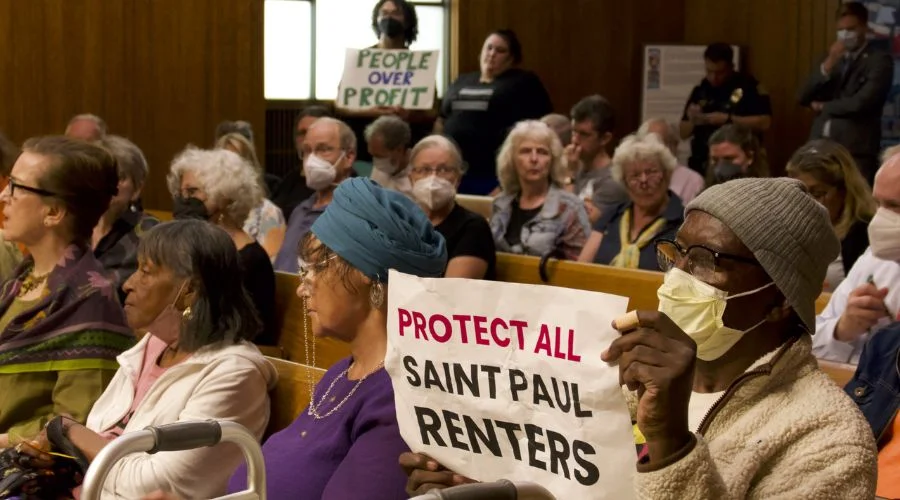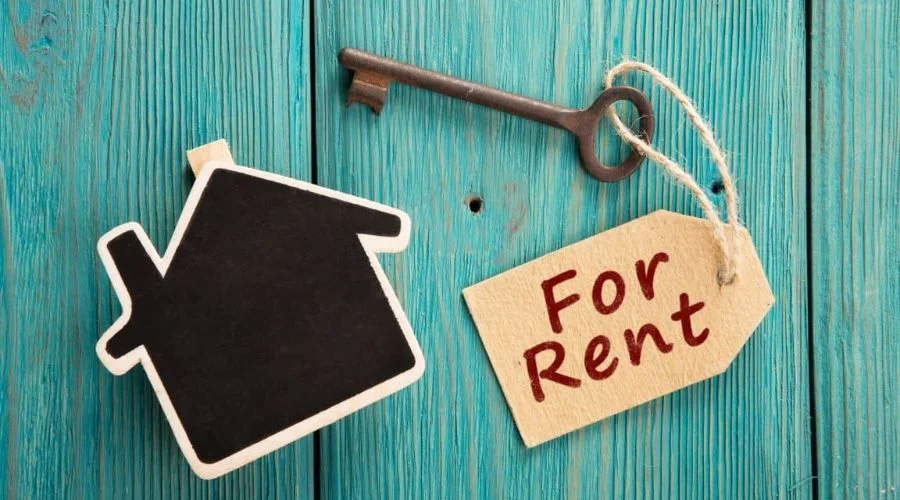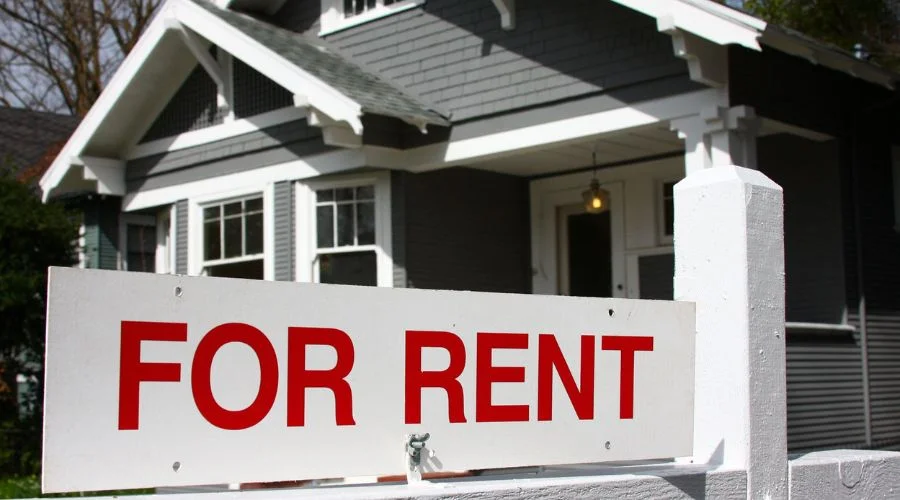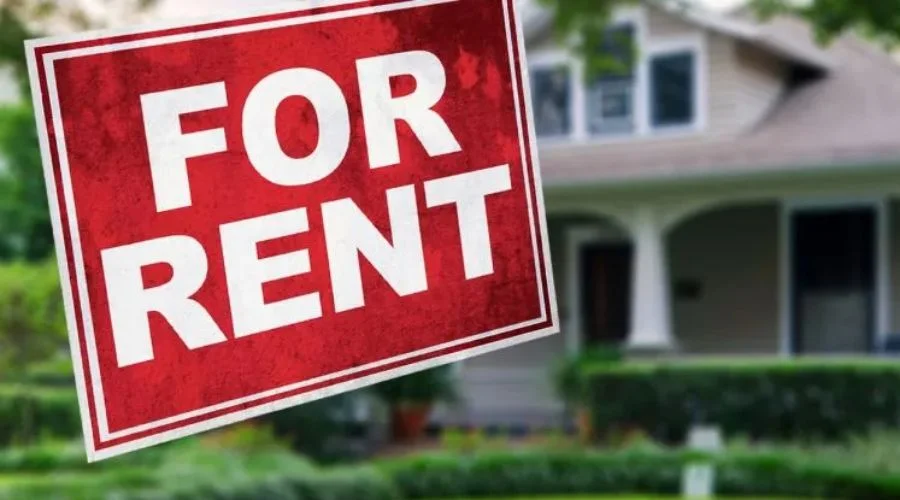Minnesota Rent Control Laws shape how landlords and tenants manage rental agreements in 2025. Although the state does not enforce a statewide rent cap, cities like Saint Paul and Minneapolis implement local rent control ordinances. Being aware of these rules helps prevent disputes and ensures compliance with legal requirements.
LeaserRunner article explains key regulations, tenant rights, and landlord responsibilities. It navigates landlords and tenants to maintain their positive relationships.
Local Rent Control Ordinances in Minnesota (as of 2025)
Minnesota rent control laws do not operate at the state level. They allow landlords in most cities to freely set rental prices. They usually use market rates as the benchmark to raise rents. Conversely, some local governments may enact local rent control rules if approved by voters. Currently, Saint Paul and some parts of Minneapolis apply rent stabilization laws for private residential properties. These local measures aim to balance housing affordability with landlords’ financial interests. Key highlights:
- Minnesota does not impose state-wide rent increase limits.
- Local ordinances require voter approval before enforcement.

Rent Stabilization Ordinance in Saint Paul
Saint Paul has implemented one of the most comprehensive local rent control programs in Minnesota. It is designed to protect tenants while ensuring landlords receive a reasonable return.
Annual rent increase limits
The ordinance limits rent increases for residential units to 3% per year. Additional utility fees cannot be added to circumvent this limit.
- Provides predictable housing costs and enhances tenant rights and protections.
- Ensures landlords still achieve a fair financial return.
- Applies to all private rental units, including multi-family and single-family properties.
Exceptions and self-certification
Landlords may apply for an exception if the rent increase does not meet a reasonable return on investment. The process involves:
- Submit a formal exception request to the city.
- Completing a self-certification form detailing income and expenses.
- City staff review the request and notify tenants.
- Disputes may be appealed to a hearing officer if either party disagrees with the decision.
Key considerations for a “reasonable return”:
- Base year net operating income of the unit.
- Adjustments based on the Consumer Price Index since the base year.
- Evaluation of seven city-defined factors to assess fairness.
Recent updates on Saint Paul rent control
- Minor adjustments have been made to reflect inflation and cost-of-living changes.
- City monitors compliance and evaluates the impact on tenant affordability and landlord profitability.
- Landlords should also consider rent increase dispute resolution strategies as part of effective property management.
Proposals of the Rent Stabilization Work Group in Minneapolis
The Rent Stabilization Work Group was formed after Minneapolis voters approved a measure for potential rent limits. While no caps currently exist, proposals include:
- Drafting policies to limit annual rent increases for private residential properties.
- Establishing clear procedures aligned with legal rent increase rules.
- Balancing affordability for tenants with fair returns for property owners.
Landlords in Minneapolis are advised to monitor updates, as these proposals may influence rent policies anytime soon. For landlords navigating these changes, consulting legal mediation services can provide additional guidance and help avoid conflicts with tenants.
Exemptions from the Minnesota Rent Control Laws
Any exemptions or special rules only apply to municipalities that have implemented local rent stabilization laws, such as St. Paul and Minneapolis. They are carefully identified based on the type of buildings and construction dates.

Exempt properties from St. Paul’s local ordinances
In St. Paul, the Residential Rent Stabilization Ordinance limits most rent increases to 3% annually. Certain properties, however, are exempt:
- Newly constructed units completed after May 1, 2022, are not subject to the 3% cap.
- A 20-year exemption was introduced in September 2022 for new residential developments.
- Proposed changes in 2025 may extend exemptions to properties built after 2004.
- Exempt properties can adjust rent freely, but landlords must still comply with rules against discriminatory or retaliatory rent increases.
- These exemptions are part of broader rent control exemptions designed to protect both tenants and landlords while supporting a fair rental market.
Landlords of these properties can adjust rent freely but must avoid increases based on discriminatory or retaliatory reasons. These exemptions aim to balance a fair rental market while protecting both landlords’ investments and tenants’ rights.
Rent Increase Requirements for Minnesota Landlords
Minnesota has a state-wide law for rent increase notices. Landlords must give proper notice before raising rents. They must also avoid discriminatory or retaliatory increases and comply with landlord-tenant rent laws.
Notice Requirements for Rent Increases
Tenants and landlords should also be aware of the rent increase notification process to ensure proper compliance and avoid disputes. Landlords in Minnesota must send renters a written notice within a period.
- If the increase is 10% or more, tenants must receive at least 60 days’ notice.
- If the increase is less than 10%, tenants must receive at least 30 days’ notice.
- For mobile home residents, the law requires a minimum of 60 days’ notice.
The notice period should correspond to the tenant’s rent payment schedule, but should never exceed three months. Use standardized rent increase notice templates that align with the lease agreement. This ensures compliance with both city ordinances and state regulations, helping prevent misunderstandings and potential rent-increase dispute resolution cases.
Situations Where Rent Increases Are Not Allowed
Certain circumstances prevent landlords from raising rent, especially in areas with local control like St. Paul:
- Rent cannot be increased during an active lease unless the lease allows it.
- Increases cannot be discriminatory based on race, religion, gender, age, disability, familial status, sexual orientation, or nationality.
- Landlords cannot raise rent in retaliation for tenant actions, such as reporting building code violations, requesting repairs, or participating in tenant associations.

Consequences of Breaking the Law
Violating Minnesota rent control laws can lead to serious penalties:
- Tenants may file complaints with city or state authorities.
Courts can require landlords to reverse illegal increases and potentially pay damages. - Documented cases show landlords have faced fines or legal action for raising rents in retaliation or discrimination, reinforcing the importance of compliance with the legal framework for rent control and rent stabilization.
Following these rules protects both tenants and landlords, ensuring fair and legal rent practices throughout Minnesota.
Eviction Protections for Minnesota Tenants
Tenants across Minnesota are protected by state laws that require landlords to provide proper notice and follow legal procedures before initiating eviction. Meanwhile, landlords can conduct eviction checks during the tenant screening services.
State-wide eviction protections
In Minnesota, tenants benefit from eviction protections that apply across the state. Landlords are legally required to follow strict landlord regulations when initiating an eviction. Written notice is mandatory, and the notice period varies depending on the reason for eviction and the type of rental unit.
Common causes for eviction include nonpayment of rent, lease violations, or the expiration of a lease term. Any eviction attempt must comply with both state statutes and local ordinances, ensuring tenants have the opportunity to respond before legal action is taken. Failure to adhere to these requirements can result in delays or dismissal of eviction proceedings.

Key provisions of St. Paul’s eviction ordinances
Saint Paul has implemented specific rules designed to safeguard tenants while balancing landlord rights. Under the city’s Residential Rent Stabilization Ordinance, landlords must provide tenants with a detailed notice before beginning the eviction process. The ordinance prohibits evictions in retaliation for tenants reporting housing code violations or requesting repairs.
Tenants may contest rent increases or eviction notices if they believe the action would compromise affordable housing access. The city allows tenants to attend hearings when they dispute a landlord’s claim. This ensures transparency and legal compliance.
Additional eviction control rules in Minneapolis
Minneapolis requires landlords to conduct eviction proceedings for specific causes, such as late payments and lease violations. The additional regulations strengthen tenant protections. They also cannot request tenants to pay security deposits less than 50 percent of the monthly rent.
Recent municipal guidance encourages landlords to provide ample communication regarding lease terminations or nonpayment issues.
2025 updates on tenant protections
New legislation, effective January 2025, has strengthened tenant rights throughout Minnesota. Recent legislation has introduced key tenant protections:
- Landlords are prohibited from retaliating against tenants for reporting unsafe living conditions.
Mobile home residents must receive 60 days’ notice for any rent increase. - Tenants are legally allowed to form associations to improve housing conditions.
- Rules support equitable housing practices across Minnesota while allowing landlords to follow rent increase guidelines and properly handle tenant disputes.
Practical Tips for Landlords to Resolve Tenant Disputes
Managing tenant disputes in Minnesota requires landlords to understand their responsibilities under Minnesota rent control laws and local housing regulations. Conflicts can involve rent increases, maintenance requests, late payments, or lease violations.
Implementing proper rent adjustment methods can prevent many common conflicts before they escalate.
1. Use legal mediation services
Mediation is an effective way to resolve disputes without going to court:
- Neutral mediator: Facilitates discussion on lease terms or property concerns.
- Document agreements: Written records protect both parties.
- Clear communication: Explaining the rent increase formula and lease schedules ensures transparency.
- Prevent escalation: Avoids formal eviction or legal disputes.
2. Join a landlord association in Minnesota
Becoming a member of a landlord association can provide landlords with access to resources and community knowledge about tenant dispute resolution services. These associations organize educational workshops on notice requirements for landlords and the latest updates in local rent regulations.
Membership keeps landlords current on rent control compliance and builds peer networks. It also provides landlord dispute management support for tough tenant issues.
3. Seek advice from Local Housing Authorities
Local Housing Authorities (LHAs) serve as valuable resources for landlords navigating conflicts with tenants. LHAs can clarify permissible actions under Minnesota rent control laws, provide guidance on notice periods, and offer recommendations for handling complaints related to property conditions.
Consulting LHAs helps landlords follow the law. It’s especially useful when tenants allege retaliatory rent increases or code violations. Early guidance lowers the risk of formal complaints and disputes when negotiating rent increases with tenants.
2. Consult with a landlord-tenant attorney
Legal guidance is essential for complex disputes or unclear situations:
- Lease review: Ensures compliance with Minnesota rent control laws and notice requirements.
- Court representation: Protects landlords’ rights if mediation fails.
- Avoid prohibited actions: Prevents retaliatory or discriminatory behavior.
- Tenant protections: Guides landlords on rights like reporting code violations or forming associations.
Conclusion
Navigating Minnesota Rent Control Laws ensures landlords and tenants can maintain fair and lawful rental practices. Proper notice for rent increases, adherence to local ordinances, and careful dispute management protect both parties and prevent costly legal issues. Staying informed about exemptions, city-specific rules, and tenant protections helps create a balanced rental environment. Following these guidelines promotes transparency, reduces conflicts, and builds trust, making rental agreements smoother and safer across Minnesota’s diverse housing market.
FAQs
1. Does Minnesota have rent control?
Minnesota does not have statewide rent control laws, so landlords in most cities can set rental rates freely. Only certain municipalities, such as Minneapolis and St. Paul, have local ordinances that regulate rent increases for private residential properties. These local measures aim to balance tenant affordability with landlords’ rights, and landlords must comply with notice requirements and other protections outlined in the respective city’s rent stabilization rules.
2. How much can you legally raise rent in Minnesota?
State law in Minnesota does not limit rent increases, except in cities with local ordinances. In St. Paul, the Residential Rent Stabilization Ordinance restricts annual rent increases to 3% for most residential units. Landlords must provide 60 days’ written notice for increases of 10% or more, and 30 days’ notice for smaller increases. Exempt properties, new constructions, or specific developments may adjust rent freely.
3. What is the rent control ordinance in St. Paul?
The St. Paul Residential Rent Stabilization Ordinance limits rent increases for private residential units to 3% annually, ensuring tenants have predictable housing costs. Landlords must provide proper notice, avoid discriminatory or retaliatory adjustments, and may apply for exceptions if the increase does not meet a reasonable return. The ordinance applies to most multi-family and single-family units, while certain new constructions are exempt from these caps.



